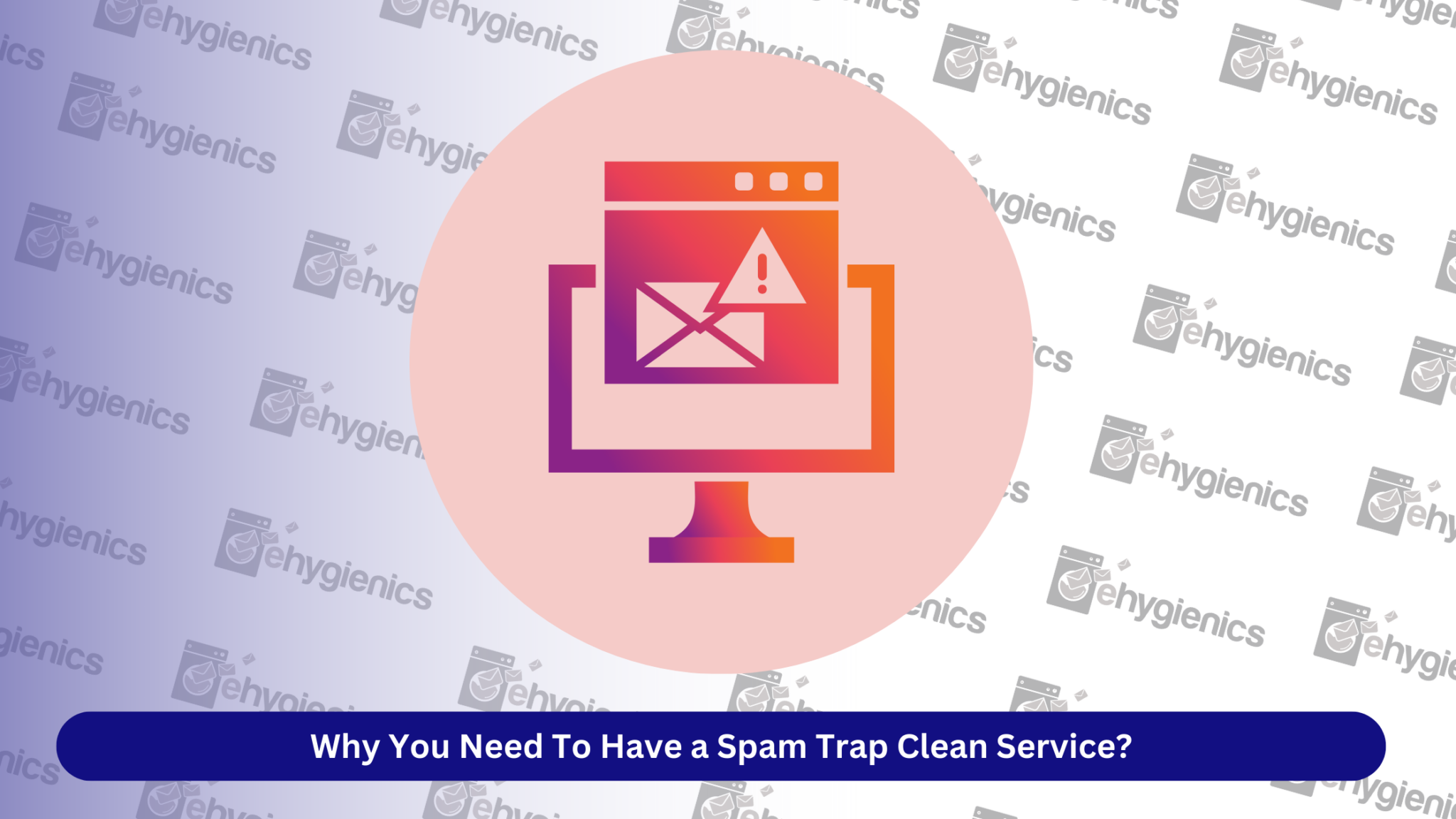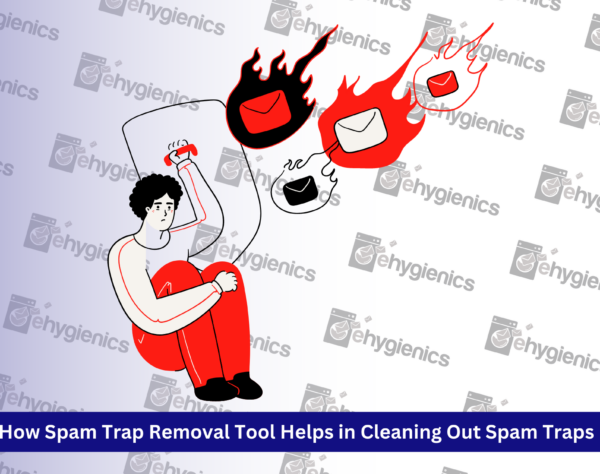
Why You Need To Have a Spam Trap Clean Service?
Why You Need To Have a Spam Trap Clean Service?
A spam trap clean service isA spam trap cleaning service is a great way to keep your inbox clean. There are many reasons why you should use this service:
1. It will make your email look more professional.
2. It will help you get rid of unwanted emails and prevent them from cluttering your inbox.
3. It will allow you to focus on what matters most in your business rather than being distracted by spam emails that are not relevant to your company’s goals or objectives.
How detrimental would a spam trap be to my company?
In the eyes of every successful business owner, an email list is the lifeblood of their advertising efforts. But if you don’t keep up with your lists, your company’s website could crash and burn.
ISPs and blocklist (also called “blacklist”) administrators use spam trap email addresses to find bad actors, so getting caught in one can have serious consequences.
Consequences like:
- Blocked domains or IP addresses
- Emails are being automatically routed to the spam folder.
- Reputational harm among mailbox providers
How many forms of spam traps are there?
Spam traps are multidimensional, just like email deliverability. That’s why it’s important to know what forms spam traps take in the electronic mail ecosystem and why they exist.
Spam trap emails can be categorized as typos, recycled, or pristine.
Typo traps
In most cases, a typo spam trap is simply an email address that has been typed incorrectly during registration. Email addresses frequently contain typos, like “new subscriber@yahoo.com,” where “o” is used too many times or are missing characters entirely.
This can be simply weeded out by employing an email address verification system at the time of collection. It would be helpful if the registration form had a drop-down menu with the most popular domain extensions. A “Did you mean…” drop-down with alternatives like “yahoo.com,” “yahoo.co.uk,” “yahoo.co.jp,” etc. can display when newsubscriber@yahoooo.com starts typing too many o’s.
A user can go back and fix an error before finally submitting their form. Email marketers would be wise to have an internal list of frequently used typo domains to validate against, and validation tools can help catch and remove some typo traps after the fact. You can also get rid of addresses with typos through strategies like acknowledged opt-in and engagement-based sunsetting.
Recycled traps
Recycled spam traps, or “honeypots,” are fake email addresses that were once active but are now dead. The mailbox service has repossessed this address because of lack of use.
Do you, for instance, still use the same email account you set up in 1999? If you haven’t used it since AOL chimed “You’ve got mail,” it’s a recycled trap. The standard requirement for email addresses to be recycled as spam traps is that they have been dormant for at least a year.
Whenever there is outdated information still present on a sender’s list, the potential for spam traps to be activated increases for email marketers. Most obviously, list degradation and recycled traps show up when an older or full email list must receive a campaign, as is the case with re-engagement efforts and legally necessary notifications. When third-party lists are used, recycled spam traps can also happen because the sender doesn’t know where the opt-ins came from.
Recycled spam traps are an inevitable byproduct of the email system, much like typo traps. People leave their old addresses and go on to different jobs and/or legal names. Finding and deleting as many of these bad addresses as possible will help your sender’s reputation.
Pristine traps
A perfect trap is an entirely fictitious email account that has no legitimate connection to any sender. These addresses are generated, used once, and then released into the wild, where they can be bought, sold, and distributed. They aren’t always able to get letters delivered to them. So, senders who care about their reputation should not send to spam traps that look like they are legitimate.
Because there is almost no method to check the validity of the information obtained, senders sending purchased lists are the most likely to hit pristine spam traps. Note that no one at these addresses will ever opt in to receiving mail (there will be no record of consent). It’s also hard to spot pure spam traps, so if you’re not sure if a subscriber really gave their permission to join your mailing list, you shouldn’t send emails to that address.
—–
If you’re looking for a reliable mailing list hygiene service, you’ve come to the right place. The team at Ehygienics is ready to help you get your lists in shape and ready for their next campaign.
We’ve got years of experience cleaning up the messes that other companies have made with their mailing lists, and we’re here to help you avoid them. Our team will work with you to clean up your data so it’s accurate, up-to-date, and ready to go!





